Winter Flying
The winter months can bring beautifully smooth, dense air that truly makes flying enjoyable. Cool temperatures, however, present various challenges to pilots. This series of winter flying videos provides information about engine, airframe, de-icing and runway considerations.
Special thanks to Orillia Aviation / Lake St John Airport for their assistance in producing these videos.
Pre-Flight Inspection
The winter months can bring beautifully smooth, dense air that truly makes flying enjoyable. Cool temperatures, however, present various challenges to pilots. Extra care must be taken to ensure that the aircraft is safe to fly.
In this video, we look at the cabin heating system, the critical surfaces contaminantion, the braking system, the fuel system and engine pre-heating.
Ice and Snow Covered Aerodromes
If you operate an aircraft in the winter months there is the possibility of having to taxi, take-off, or land on a contaminated surface.
Contaminated surface operation requires additional pilot skill and attention, and is not something to take lightly.
In this video, we look at the Canadian Runway Friction Index and the cross-wind component, engine run-ups on slippery surfaces, proper aileron and elevator control inputs, braking and snow banks avoidance while taxiing.
Navigating the Winter Months
Visual flight during the winter months presents different challenges to aviation than are found during the summer.
What would normally be a simple easily navigated flight in summer can become complicated by the lack of distinct navigational reference points in the winter.
Snow covered ground and the low-lying sun make navigation difficult for any pilot, even in a familiar geographical area.
This video covers topics such as pre-flight planning, dead-reckoning, over reliance on GPS, whiteout conditions and disorientation, measures to be taken if getting lost in weather.
Engine Operation in Cold Weather
A bonus of cold weather flying is that an aircraft performance is significantly increased.
However, operating a reciprocating engine in colder weather does require extra care and planning to prevent unnecessary wear and tear on the engine and to maintain the safety of the flight.
This video looks into oil viscosity, winter kits, starting cold engines, run-ups, carb icing, power application, engine leaning and descents.
De-Icing Considerations
This video goes over the dangers of critical surfaces contamination and clean aircraft concept. It covers how to prevent contamination from collecting, and reviews basic techniques for aircraft de-icing, such as manual methods and the application of glycol-based fluids.






